#端節
Explore tagged Tumblr posts
Text

武士の耀き
2018年、相模田名郷土資料館。
武士の志のように輝きを放つ。
#ightroom Classic#VSCOfilm#photographers on tumblr#lensblr#original photographer#original photographers#original photographers on tumblr#original photography#original photography blog#original photography on tumblr#photoblog#photography#spring#spring in Japan#spring mood#spring season#spring time#spring tint#May#Japan#Fujisawa#皐月#日本#相模原#相模田名郷土資料館#端午の節句#兜
201 notes
·
View notes
Text

Koinobori
#koinobori#鯉のぼり#carp streamer#windsock#tango no sekku#端午の節句#children’s day#子供の日#kodomo no hi#wikipedia#wikipedia pictures#wikimedia commons#japanese culture#japan#asia
123 notes
·
View notes
Photo

Koinobori (鯉のぼり), meaning 'carp streamer' in Japanese, are carp-shaped windsocks traditionally flown in Japan to celebrate Tango no sekku (端午の節句). This traditional calendrical event is now designated as Children's Day (子供の日, Kodomo no hi), a national holiday in Japan.
#Children's Day#Goro Sky Tower#Japan#Koinobori#Kyoto Prefecture#Landscape#Maizuru#Maizuru Bay#Mt. Goro-dake#Observation Deck#Photography#carp streamer#scenic spot#五老スカイタワー#子供の日#皐のぼり#端午の節句#舞鶴市#鯉のぼり
26 notes
·
View notes
Text

Source: ayano.adsh on Instagram
#Koinobori#鯉のぼり#Tango no sekku#端午の節句#childrensday#childrens day#boysday#boys day#こどもの日#Kodomo no Hi#prawns#shrimp#food#foodie#foodies#foodblr#food blog#foodblog#cooking#recipe#recipes
14 notes
·
View notes
Photo

InuYasha | 犬夜叉 | Boys’ Festival (Tango no Sekku)
#InuYasha#犬夜叉#Boys' Festival#Rumiko Takahashi#userinahochi#userdabiluna#userokkottsus#usertorichi#useraslaanjade#tuserelena#mokacheer#usergojoana#userzuura#Koinobori#鯉のぼり#Carp Streamers#Boys Festival#端午の節句#Tango no Sekku#Golden Week#Kodomo no Hi#子供の日#Children's Day#Inu Yasha#Kagome Higurashi#Miroku#Sango#Shippo#Kirara#Spring
77 notes
·
View notes
Text
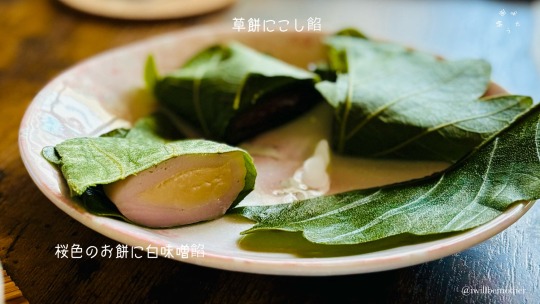
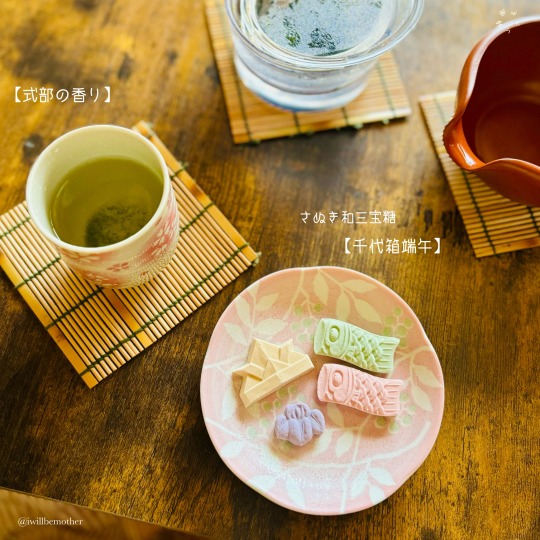
🍡いつも行く『緑水庵』さんで柏餅と干菓子買いました。白味噌あんが気に入っています🍡
🍵お茶はいつもの【式部の香り】ですが、新茶が出始めたので、何を買おうか🤔思案中💕
#tea#wagashi#japanese sweets#my post#my photo#japanese tea#green tea#ryokusuian#yay \(^o^)/ gifu!#お茶#日本茶#緑茶#和菓子#柏餅#緑水庵#higashi#干菓子#式部の香り#三國屋善五郎#和三宝糖#端午の節句
17 notes
·
View notes
Text
Happy Children's Day with Marine! 🎏✨

June 9th is #こどもの日 🎏
it's time to celebrate the joy of childhood with Marine! having a great time on Children's Day! 🌴🫧
And yes, I actually forgot to post on the right day. Now a Sonic Channel PC wallpaper featuring Marine the Raccon!
10 notes
·
View notes
Text

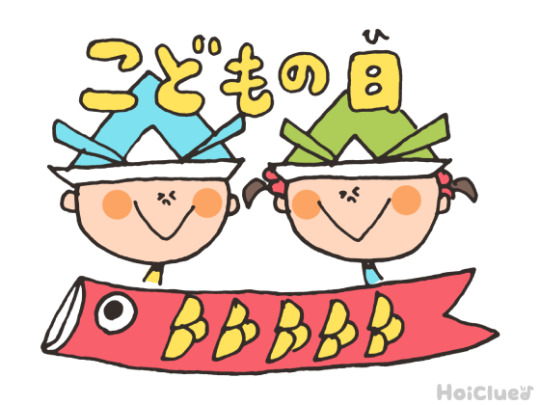
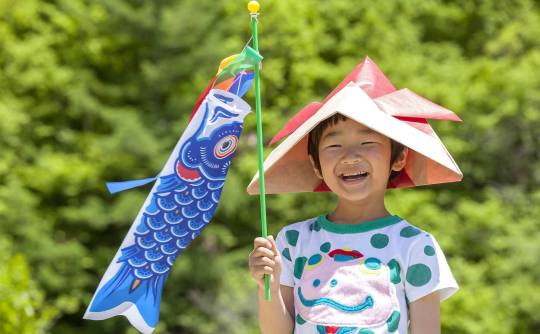

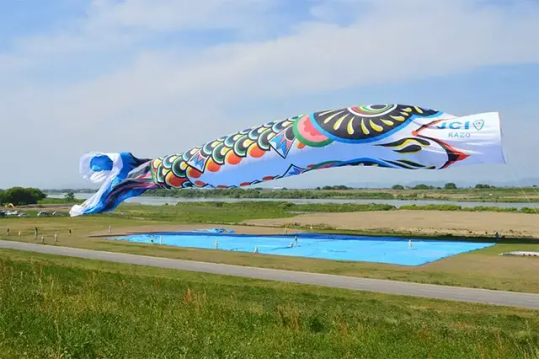
Sean bienvenidos japonsistasarqueológicos, a una nueva entrega cultural en esta ocasión os voy comentar la festividad, del día del niño que se celebra cada 5 de Mayo que se llama Kodomo no Hi y se escribiríaこどもの日 una vez dicho esto pónganse cómodos que empezamos. - ¿Cuándo surgió el día del niño?La festividad, surge en el siglo VIII d.c en lo que respondería al periodo Heian, posiblemente tendría influencia de china al respecto ya que se basó en Tango no Sekku. El Sekku se basa en los puntos de inflexión de las estaciones y se basa en la teoría de los cinco elementos del yin y el yang en China. - La forma tradicional de celebrarlo es ofrecer ofrendas estacionales a los dioses, rezar y comer juntos los productos de segunda mano.En el período Kamakura, en pleno auge de los samurais, se convirtió en un evento importante para orar por el crecimiento y la salud de los niños y la prosperidad de la familia, con adornos como armaduras, cascos, serpentinas de carpa y muñecos festivos. - Ahora a continuación mencionaré algunos dulces de los que se suelen comer el 5 de Mayo: Kashiwa mochi,Chimaki, beko mochi, akumaki , pastel no koi. - Espero que os haya gustado y nos vemos en próximas publicaciones y que pasen un feliz día del niño.
-
今回は、毎年5月5日に行われる「こどもの日」というお祭りについてお話しします。「こどもの日」とは、「こどもの日」と書いて「こどもの日」と読みます。 - こどもの日」の起源は、紀元8世紀の平安時代にさかのぼりますが、「端午の節句」が元になっていることから、中国の影響を受けている可能性があります。節句とは、季節の変わり目を表すもので、中国の陰陽五行説に基づくものです。 - 季節のお供え物を神に捧げ、祈り、中古品をみんなで食べるのが伝統的な祝い方です。 武士ブーム真っ只中の鎌倉時代には、甲冑や兜、こいのぼり、祝い人形などを飾り、子供の成長や健康、家族の繁栄を祈る大切な行事となりました。 - 柏餅、ちまき、べこ餅、あくまき、こいのぼりのお菓子です。 - 気に入っていただけたなら幸いです。今後の記事でお会いしましょう。そして、楽しい子供の日をお過ごしください。
-
Welcome to a new cultural delivery in this occasion I am going to comment on the festivity, the day of the child that is celebrated every 5th of May that is called Kodomo no Hi and it would be writtenこどもの日 once said this make yourselves comfortable that we begin. - When did Children's Day come about? The holiday, which dates back to the 8th century AD in what would be the Heian period, was possibly influenced by Chinese in this respect as it was based on Tango no Sekku. Sekku is based on the turning points of the seasons and is based on the five element theory of yin and yang in China. - The traditional way to celebrate it is to offer seasonal offerings to the gods, pray and eat second-hand goods together. In the Kamakura period, at the height of the samurai boom, it became an important event to pray for the growth and health of children and the prosperity of the family, with decorations such as armour, helmets, carp streamers and festive dolls. - Now here are some of the sweets usually eaten on May 5th: Kashiwa mochi, Chimaki, beko mochi, akumaki, no koi cake. - I hope you liked it and see you in future posts and have a happy children's day.
#日本#こどもの日#平安時代#中国#端午の節句#鎌倉時代#佐村河内#柏餅#ちまき#歴史#あくまき#ケーキ#こい#japan#KodomonoHi#Heianperiod#china#Tangonosekku#Kamakuraperiod#samura#Kashiwamochi#Chimaki#history#akumaki#cake#koi#culture#文化
12 notes
·
View notes
Text

希望大家端午節都吃飽飽、平安健康~
3 notes
·
View notes
Text

夜風に泳ぐ
2016年、東京タワー。
マスクがイマイチなところがあるけど、もう疲れたw。
#Lightroom Classic#VSCOfilm#photographers on tumblr#lensblr#original photographer#original photographers#original photographers on tumblr#original photography#original photography blog#original photography on tumblr#photoblog#photography#spring#spring in Japan#spring mood#spring season#spring time#spring tint#May#Japan#Tokyo#皐月#日本#東京#東京タワー#鯉のぼり#carp streamer#🎏#端午の節句
126 notes
·
View notes
Text
「ローツォンもう蒸れたよ、そしてタピオカティー🧋もある。端午おめでとう、可愛い妻❣️」
「端午おめでとう、ダーリン❣️」

3 notes
·
View notes
Photo

Koinobori (鯉のぼり), meaning 'carp streamer' in Japanese, are carp-shaped windsocks traditionally flown in Japan to celebrate Tango no sekku (端午の節句). This traditional calendrical event is now designated as Children's Day (子供の日, Kodomo no hi), a national holiday in Japan.
#Children's Day#Goro Sky Tower#Japan#Koinobori#Kyoto Prefecture#Landscape#Maizuru#Maizuru Bay#Mt. Goro-dake#Observation Deck#Photography#carp streamer#scenic spot#五老スカイタワー#子供の日#皐のぼり#端午の節句#舞鶴市#鯉のぼり
16 notes
·
View notes
Text

単語の節句でした。鯉のぼりかっこいい!柏餅がうまい!
5 notes
·
View notes
Text

Children's Day was originally called Tango no sekku. The custom of decorating miniature Japanese Samurai Armor and Samurai War Helmet.
Samurai Armor Age: May, 1862
2 notes
·
View notes
Photo

Boys’ Festival ~ Carp Streamers | Yokko
#Japan#Golden Week#Boys' Festival#Koinobori#鯉のぼり#Carp Streamers#Boys Festival#Kodomo no Hi#子供の日#Children's Day#Tango no Sekku#端午の節句#Ayame no Hi#Iris Festival#Spring#Nippon
93 notes
·
View notes
